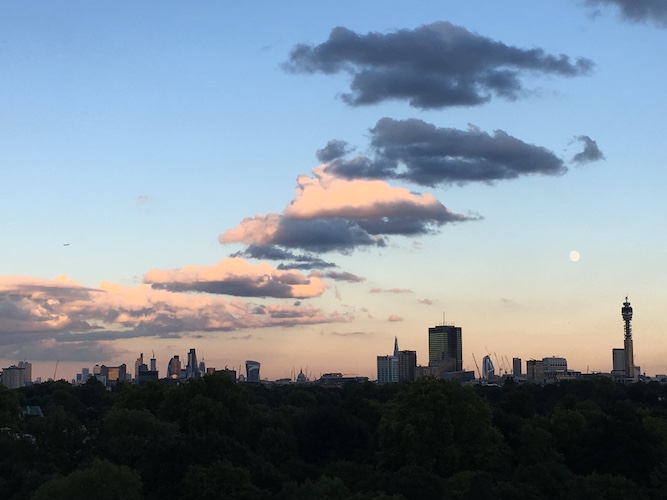Around one in four people employed in London work during the evening or night hours at least some of the time – approximately 1.37 million – according to figures compiled by the Greater London Authority (GLA), and the mix of types of work done during these times has been altering in the context of an overall reduction compared with the pre-pandemic period.
The figures for 2017, gathered for the last comparable analysis, published in 2018, were 30.7 per cent for whom it was “usual” to work during the evenings or at night, equating to 1.6 million people.
The GLA report, which draws on “emerging findings” from analysis presented to January’s London at Night Conference along with Office for National Statistics data, also reveals that the share of “evening and night” (E&N) workers in London has fallen slightly below the overall UK average of 27 per cent.
During 2022 around 40 per cent of E&N workers worked during the night “to some degree”. A combination of day time and evening hours were worked by 57 per cent of the overall group (about 776,000 people) and one of days, evening and nights were worked by 32 per cent (439,000 people), the report says.
There has been “an uptick” in E&N workers in the “elementary services” category of occupation, which includes cleaners and private security guards, in particular in night work. This is a relatively small group in London compared with other places, though elementary occupations account for 27 per cent of those who work nights in the capital.
However, the largest increase in E&N workers since 2017 has been among those in professional occupations, “particularly within business media and public services,” the report says, and specifies that this was “driven by people who worked evenings”. People in professional occupations have become the occupational group making up the largest share of E&N workers.
“As much of this increase occurred from 2020 onwards, it could reflect changes in working practices associated with hybrid working,” the report says. “Workers in Professional occupations are more likely to work from home in some capacity than workers in other roles, which may afford them the opportunity to choose working patterns that provide the best work-life balance.”
There has also been a shift in the sex and age profile of E&N workers. A 57 per cent majority are men, but this has reduced from 62 per cent in 2017. And one half of this section of the workforce was aged between 25 and 44 in 2022, now two per cent, while the 55-64 group proportion has risen from 12 per cent to 16 per cent.
The full GLA report can be read here.
On London strives to provide more of the kind of journalism the capital city needs. Become a supporter for just £5 a month. You will even get things for your money. Learn more here.

